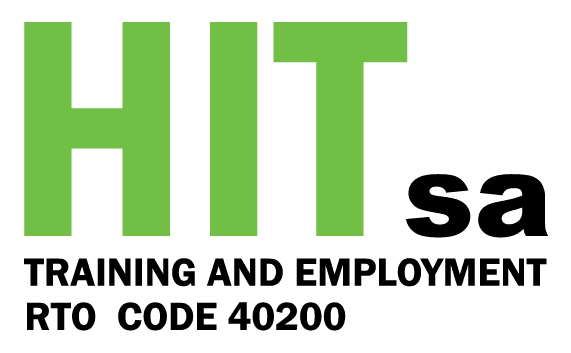Are you interested in working at a venue that sells or serves alcohol? Whether you’re planning on working in a pub, sporting club, cocktail bar or elsewhere – RSA training is mandatory.
An RSA course will cover a range of topics including the service of alcohol and your responsibilities. As well as laws and legislation’s surrounding alcohol and how to assist customers who have consumed it.
Furthermore, if you are wanting to work in a venue that serves, sells or supplies alcohol, you will need to complete RSA training first. Completing an RSA course will improve your resume and increase your chance of employment.
What does RSA stand for?
RSA stands for Responsible Service of Alcohol. The name clearly highlights what you will learn when undertaking the course – how to responsibly serve, sell or supply alcohol.
When do you need an RSA certificate?
If you want to work within any venue where serving alcohol is involved, you will need to complete an RSA course first. Whether this be for working in a pub, club, restaurant or somewhere else. If you’re serving alcohol, you will need to have your current RSA certificate.
Although this is a requirement, RSA training will teach you all about the alcohol laws in your state. As well as how to responsibly serve alcohol to patrons and what to do in certain situations. Some of the skills you learn within this course may also be useful in other environments.
Furthermore, if you have your current RSA certificate, you are enhancing your chances of getting a job. This qualification will open up many opportunities within the workforce – especially hospitality.
What will you learn by completing an RSA course?
Although Responsible Service of Alcohol may seem straight forward to some, an RSA course can be quite eye opening. You may not think about certain situations that may occur and how you would respond to them. As well as certain legislation’s that you may not be aware of.
The main topics covered in Responsible Service of Alcohol training is:
- how to sell or serve alcohol properly
- how to assist customers to drink within appropriate limits
- communication strategies to refuse the supply of alcohol
- current RSA legislation’s in SA
RSA training online vs RSA training from a classroom
Each state in Australia has different requirements for you to work in the sale, supply or service of alcohol. Therefore, each state requires different RSA training and it may or may not be mandatory.
In South Australia, RSA training is a mandatory requirement when working with liquor. Unlike some other states, it can be completed online or in a classroom. And the online course will often be slightly cheaper than the in classroom learning option.
Where to complete an RSA course
RSA courses are easily accessible and can be completed online or in a classroom. Not to mention, they are also very affordable. If you’re looking for RSA training in Adelaide, HITsa offer both online and in classroom courses with experienced trainers.
RSA training – it’s important and mandatory
Furthermore, RSA training is a mandatory requirement in SA and other states if you’re wanting to work within the sale, service or supply of alcohol. RSA Training will generally cost anywhere from $50 – $100 to complete and can be completed online or in a classroom. Again, different states have different legislation’s, so you may or may not be able to complete the course online in other states. Having your RSA certificate will help you greatly when looking for work within the hospitality industry.
HITsa offer RSA training via an online course or in classroom learning. Enquire online today and kick start your career in hospitality. Or in addition, call our friendly staff on 8375 2800 for any questions or queries.













